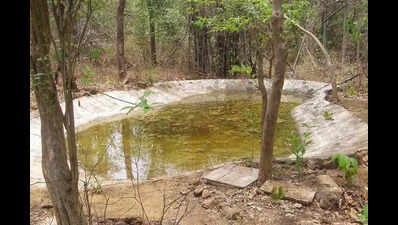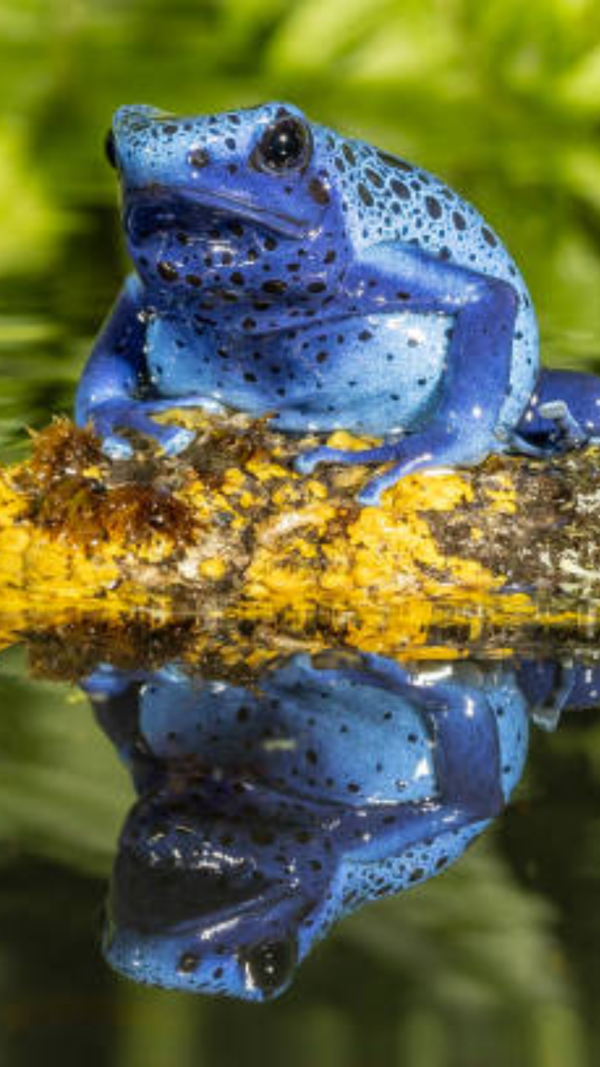- News
- City News
- chhatrapati sambhajinagar News
- 100 waterholes along National Highway in Dharashiv to quench thirst of wild animals
Trending
100 waterholes along National Highway in Dharashiv to quench thirst of wild animals
Chhatrapati Sambhajinagar: The Dharashiv district administration, along with the forest department, has dug 100 waterholes along the National Highway passing through the district to quench the thirst of wild animals as well as cattle owned by locals in the area.
In addition to this, 115 waterholes have been dug inside the forest areas and dedicated teams deployed to fill these waterholes at least once a week.
District administration officials said that the initiative is aimed at safeguarding wildlife and enhancing road safety.
These 100 waterholes along the National Highway stretching between Talmavdi Toll Plaza and Pargaon Toll Plaza are being dug on a war footing. They are expected to be completed in the next few days. "The effort focuses on reducing instances of wild animals crossing highways in search of water, especially during peak summer months, thereby curbing wildlife fatalities caused by road accidents," Dharashiv district collector Keerthi Kiran Pujar told TOI.
District Planning Committee (DPC) has provided funds for the project.
"These waterholes will serve as lifelines for wildlife in the region. Animals will no longer need to risk crossing highways in search of water, which will drastically reduce accident-related deaths and promote conservation," said Pujar. The district collector said that the waterholes were being constructed on both sides of the 100km stretch so that the animals do not have to cross the road in search of water.
He said that the social forestry department was executing the project in a planned and ecologically sensitive manner. Weekly water refills and up to four replenishments a month during extreme summer conditions have been planned to ensure year-round availability. Authorities have also drawn up a regular maintenance and cleanliness protocol to keep the waterholes hygienic and safe for animal use.
"This is a meticulous, well-planned project that we are implementing with full commitment. Animals risk their lives as well as those of commuters on the highways while crossing roads in search of water," said Vishwas Khare, divisional forest officer (social forestry), Dharashiv.
"Through the social forestry wing, we are ensuring that water is available to wildlife near their natural corridors, reducing their dependency on dangerous road crossings. This is not just about water provision, it's about long-term wildlife conservation," he said.
Experts believe this initiative could serve as a model for other districts grappling with similar issues of man-animal conflict near major highways.
End of Article
Follow Us On Social Media









